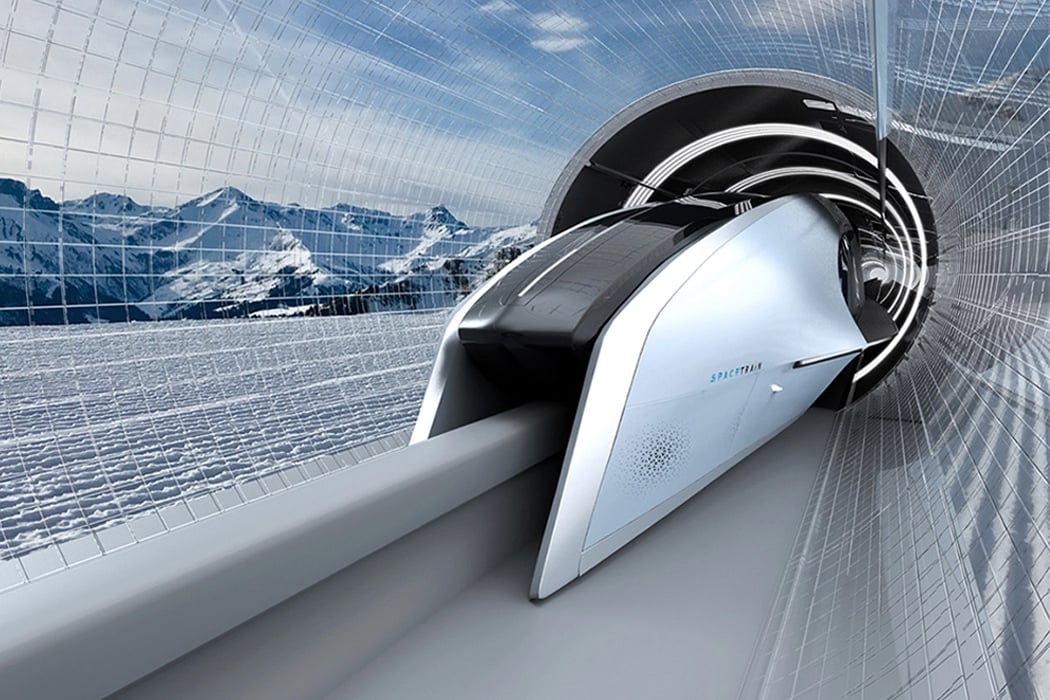The world’s first metro rail began operating in London in 1863. It’s called the London Metro or the Tube. On its opening day, it carried over 30,000 passengers. The London Underground started its first electrified underground line in 1890, making it the oldest metro system globally.

Despite being called the Underground, only 40% of its lines are actually underground; the rest are built above ground. Currently, the London metro system has 272 stations, covering a distance of 400 km. It serves around 1.17 billion passengers each year.
Budapest, Hungary’s capital, boasts the world’s oldest electric underground railway system. Its iconic Line-One was completed in 1896, making it the second oldest underground railway system worldwide after London’s.
Japan’s Tokyo Metro is known as the busiest metro system globally. It transports an average of 6.84 million passengers every day. It’s the larger of Tokyo’s two subway operators.
The first metro system in India was launched in Kolkata in 1984. Initially, Kolkata Metro ran on a 3.4 km route. Later, in 2002, Delhi, India’s capital, inaugurated its first rapid transit service. Delhi Metro now spans 391 km with 286 stations.
London’s iconic metro, known as the Tube, holds the distinction of being the world’s oldest metro system. It commenced operations in 1863, ferrying over 30,000 passengers on its inaugural day. Despite its underground reputation, only 40 percent of London’s subway lines are situated below ground, with the rest constructed on the surface. Presently, the London Underground spans 400 kilometers, serving 272 stations and accommodating a staggering 1.17 billion passengers annually.
In Asia, Tokyo’s metro system stands out as the busiest in the world, with an average daily ridership of 6.84 million passengers. This extensive network, comprising multiple lines and stations, plays a pivotal role in facilitating the daily commute of Tokyo’s bustling population.
